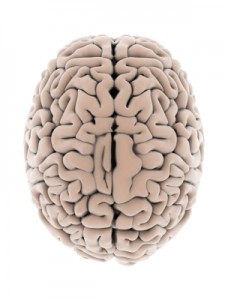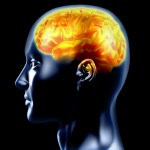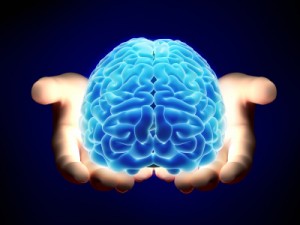1. Brain Fitness Fundamentals
Highlights from Section 1. Brain Fitness Fundamentals
- The brain is composed of a number of specialized regions serving distinct functions.
- Our life and productivity depend on a variety of brain functions, not just one.
- There is nothing inherently fixed in the trajectory of how brain functions evolve as we age.
In order to make informed decisions about brain health and brain training, you need to first understand the underlying organization of the human brain and how it evolves across our lives.
Brain structures: all you need to knowThe dominant structure of the human brain is called the cerebrum, which consists of the grey, curly cortex. The cerebrum is divided into two hemispheres (right and left), each consisting of four lobes, and controls higher mental functions. As you can see in Figure 1, the four lobes of the brain are the occipital, temporal, parietal and frontal lobes. Keep reading. |
|
Brain functions: perception, attention, memory, and moreYou have probably heard about cognitive function or cognition. What is cognition? Cognition has to do with how a person understands and acts in the world. It is a set of processes that are part of nearly every human action. Cognitive abilities are the brain-based skills we need to carry out any task – from the simplest to the most complex. They have more to do with the mechanisms of how we learn, remember, problem-solve, and pay attention rather than with any actual knowledge. Any task can be broken down into the different cognitive skills or functions needed to complete that task successfully. Keep reading. |
|
The aging brain: cognitive improvement and declineAs we age, our whole body changes. The same is true for the brain. The most common structural change is brain atrophy as neurons, and mostly connections between neurons, die. In terms of functional changes, age-related cognitive decline typically starts at about forty when the brain processing speed slows down. Keep reading. |
|
Neuroplasticity: the potential for brain developmentIn the past decade there has been a fundamental change in our understanding of human brain capacity. New research from scientists at the Salk Institute, the Karolinska Institute, Columbia University and elsewhere has given a renewed, positive view of the human brain and its potential for change and development throughout life. Keep reading. |
|
Lifelong learning: why it is neuroprotectiveLearning is the physical process of changing our brains. Today we know this is possible at all ages, bringing the concept and practice of lifelong learning to the forefront. Keep reading. |
|
What is brain fitness: improving cognitive abilitiesBrain fitness is our brain’s ability to readily create additional connections between neurons, and even to promote new neurons in certain parts of the brain. Research in neuropsychology and neuroscience shows that vigorous mental activity |
Keep learning by reading more articles in the Resources section, and also please consider joining our free monthly Brain Fitness eNewsletter
This new online resource is based on the content from the book The SharpBrains Guide to Brain Fitness (May 2009, $19.95), by Alvaro Fernandez and Dr. Elkhonon Goldberg.






